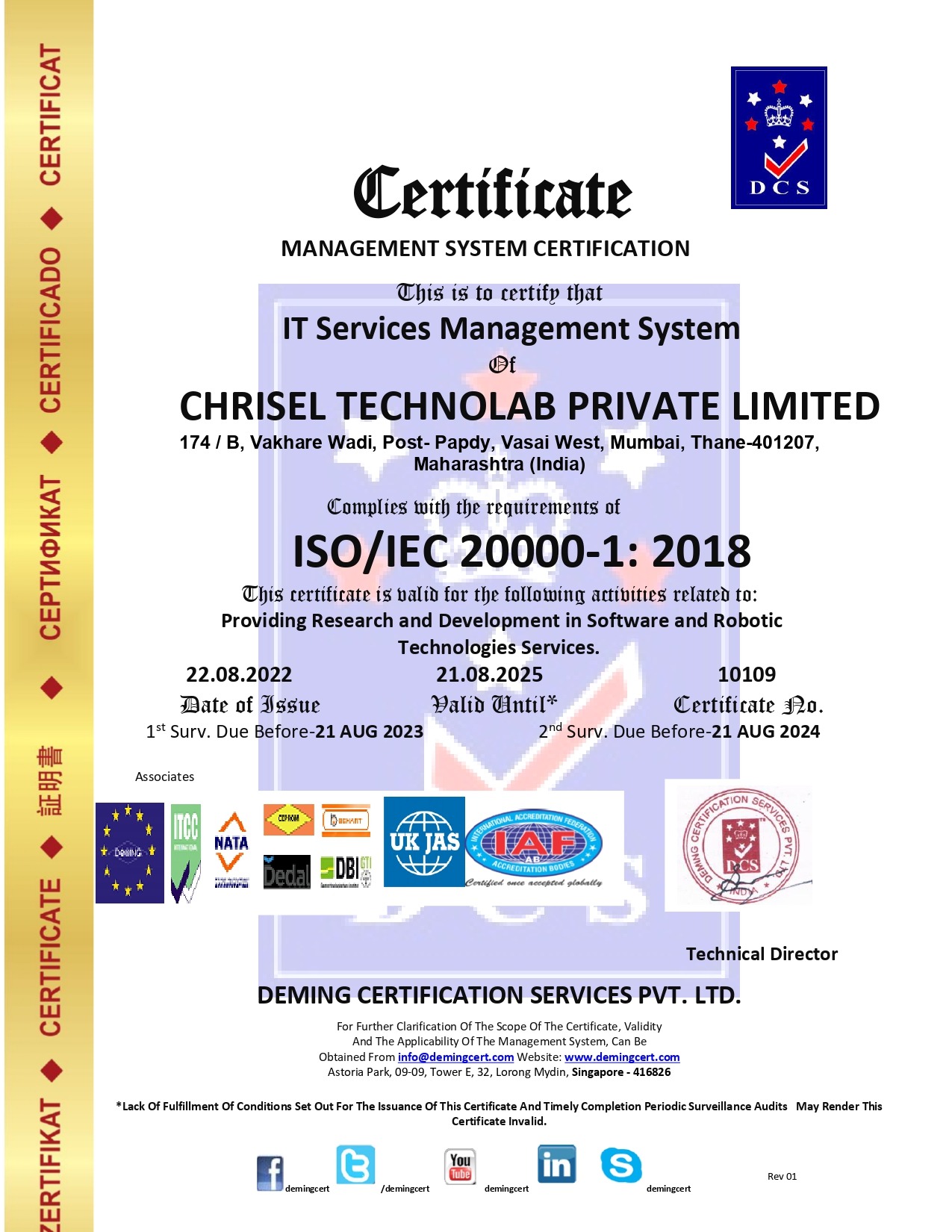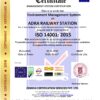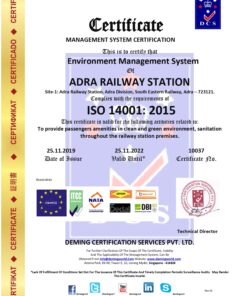Sale!
ISO 20001:2005 Certification
Original price was: ₹30,000.00.₹15,000.00Current price is: ₹15,000.00.
ISO/IEC 20000-1:2005 is the international standard for IT Service Management (ITSM). Achieving certification to ISO 20000-1:2005 demonstrates an organization’s commitment to delivering high-quality IT services that meet the needs of its customers.
Here’s a brief overview of ISO 20000-1:2005:
1. **Scope**: The standard specifies requirements for an organization to establish, implement, maintain, and continually improve an IT service management system (ITSMS).
2. **Service Management System**: ISO 20000-1:2005 focuses on the processes and controls needed to deliver and manage IT services effectively. This includes processes for service design, transition, delivery, and improvement.
3. **Requirements**: The standard outlines specific requirements that organizations must meet, such as:
– Planning and implementing service management
– Designing and transitioning new or changed services
– Service delivery processes
– Relationship processes (with customers and suppliers)
– Resolution processes (incident and problem management)
– Control processes (configuration, change, and release management)
– Processes for continual improvement of the ITSMS
4. **Benefits of Certification**:
– **Improved Service Quality**: Helps organizations deliver IT services that meet or exceed customer expectations.
– **Increased Efficiency**: Streamlines IT processes, leading to improved productivity and reduced costs.
– **Enhanced Customer Satisfaction**: Demonstrates commitment to delivering reliable and consistent IT services.
– **Competitive Advantage**: Differentiates organizations from competitors by showcasing their commitment to best practices in ITSM.
– **Compliance**: Helps organizations comply with legal and regulatory requirements related to IT service management.
**Steps to Achieve ISO 20000-1:2005 Certification**:
1. **Gap Analysis**: Identify the gaps between your current ITSM practices and the requirements of ISO 20000-1:2005.
2. **Implementation**: Develop and implement an ITSMS based on the requirements of the standard. This includes defining processes, establishing controls, and documenting procedures.
3. **Internal Audit**: Conduct internal audits to assess the effectiveness of the ITSMS and identify areas for improvement.
4. **Management Review**: Review the ITSMS with top management to ensure its effectiveness and suitability.
5. **Certification Audit**: Engage a certification body to conduct an external audit of your ITSMS. If the audit is successful, the certification body will issue an ISO 20000-1:2005 certificate.
6. **Continuous Improvement**: Continually monitor and improve your ITSMS to maintain compliance with the standard and enhance its effectiveness.
Remember, achieving ISO 20000-1:2005 certification is a significant commitment that requires ongoing effort and dedication. However, the benefits of certification can be substantial, helping your organization deliver better IT services and gain a competitive edge in the market.











Reviews
There are no reviews yet.